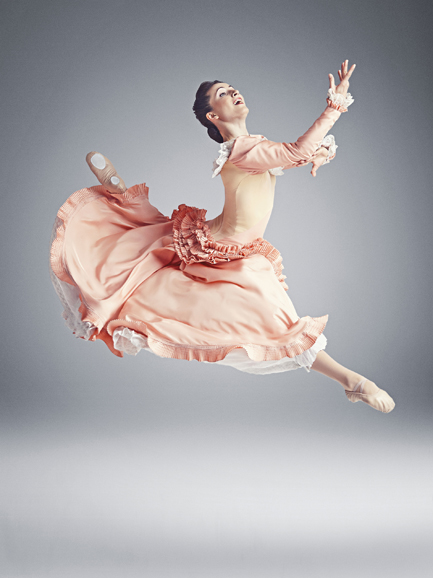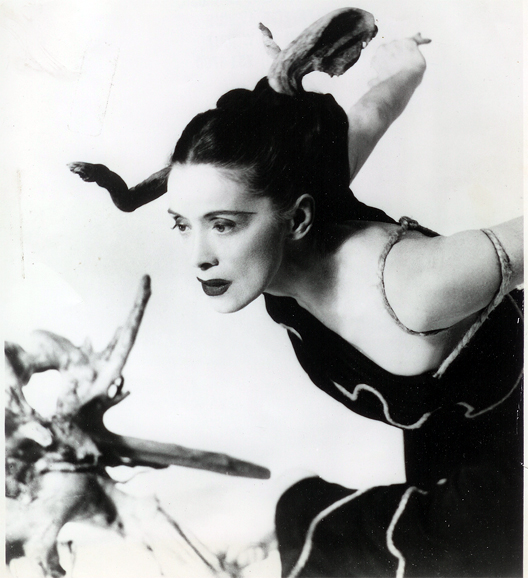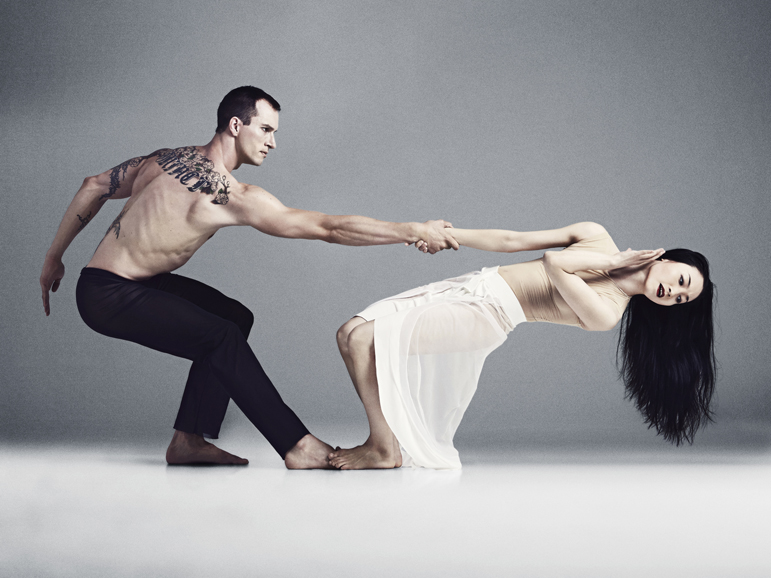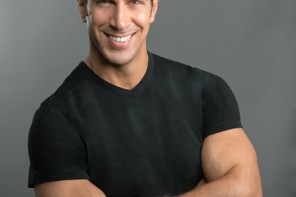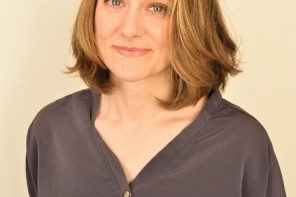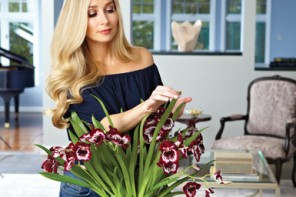From the dawning of woodwinds to the fluttering of strings to the primal burst of percussion, music has sought to capture the yearly rebirth of spring in all its savage beauty and with all its attendant rituals.
Perhaps the best-known composition associated with the season is the “Spring” section of Antonio Vivaldi’s “The Four Seasons” (1723-25) — actually four violin concertos that evoke not only the different experiences of each season but the poems, possibly by the composer himself, that accompanied the music. Right from the opening — with its strings at once sprightly and tremulous, its continuo steady and its solo violin flitting — the music reawakens the soul to nature’s mercurial spring glory.
If Vivaldi’s composition is spring in all its liveliness and yearning, then Igor Stravinsky’s “Le Sacre du Printemps” (“The Rite of Spring”) is the season in all its primitive urgency. Stravinsky conceived of his “Pictures of Pagan Russia,” as the ballet was subtitled, with set and costume designer Nicholas Roerich for the 1913 Paris season of Serge Diaghilev’s Ballets Russes. Diaghilev — whose mantra was “Étonnez moi” (“Astonish me”) — always had his eye, and ear, on the vanguard. He was convinced that Vaslav Nijinsky — his male star and lover, who had previously choreographed and performed a tableau-like, sexually suggestive ballet to Claude Debussy’s “L’après-midi d’un faune” (“The Afternoon of a Faun”) — would be a good match for Stravinsky’s raw, folk-flavored, multilayered “Sacre.”
When the curtain went up on “Sacre” at the month-old Théâtre des Champs-Élysées on the night of May 29, the audience of bluebloods and bohemians heard the mournful, meandering bassoon that gives way to earth-splitting percussion crusted with folklore as dancers in long braids and masklike makeup stomped about — their ankles turned out, their arms at right angles to their bodies — against a colorful, mountainous backdrop.
Before long, all hell broke loose — in the audience. People began shouting. Someone called derisively for a doctor. A disgusted Stravinsky left his seat to watch the action from the wings, where Nijinsky was shouting directions to the dancers, who couldn’t hear the music.
Meanwhile, the performance in the audience was rivaling the one onstage. An excited balletomane began beating rhythmically on the head of photojournalist Carl Van Vechten, who was so transported he initially didn’t notice. Some patrons fled — or were removed by police.
Despite the tumult, Maria Piltz — the replacement for Bronislava Nijinksa, Nijinsky’s pregnant sister — managed to dance herself to death in the principal role of the sacrificial maiden, the Chosen One. There were several curtain calls — and excoriating reviews. (If you look at the Joffrey Ballet’s 1989 revival on YouTube, you’ll see that the work is still an exposed nerve for many people. It’s the music, observed critic Virgil Thomson, who thought the dinosaur sequence from Walt Disney’s classically infused 1940 film “Fantasia” was the only visual interpretation of Stravinsky’s score that wasn’t overwhelmed by it.)
Among the other “Sacres” was the 1959 version by Maurice Béjart. A highly erotic choreographer whose memorable “Bolero,” to Maurice Ravel’s hypnotic score, featured a bare-chested man dancing on a table top surrounded by other male dancers, Béjart created a “Sacre” that went where Stravinsky and Nijinsky’s feared to tread. It featured a Chosen Man and a Chosen Woman whose sacrifice culminated in a mating ritual.
The first reinterpretation of “Sacre,” however, was the 1920 Ballets Russes’ production with new choreography by Léonide Massine. Ten years later it was presented in America with the role of the Chosen One performed by a young woman who would soon galvanize modern dance and make her own history with “spring” works — Martha Graham. In her fiercely evocative 1991 autobiography, “Blood Memory,” Graham recalled being a struggling New York dancer — teaching and performing long hours to support her mother and sister in Santa Barbara, Calif., — caught in a power play between Massine, who didn’t want her for the part, and the married conductor Leopold Stokowski, whose interest in her was more than professional.
During the Metropolitan Opera engagement in the spring of 1930, photographer Alfred Stieglitz attended a performance. When Graham visited him in his gallery, he told her the ballet “was beneath my strength as a dancer.”
“ ‘I don’t approve of what you are doing,’” he said. ‘Neither do I,’ I replied.”
Graham would continue to seek vehicles for her formidable gifts through her company, now 90 years old, and her psychosexually charged choreography, which drew on myth and memory. In 1942, she and Elizabeth Sprague Coolidge of the Coolidge Foundation commissioned longtime Cortlandt Manor resident Aaron Copland to write the music for a ballet that paid tribute to Graham’s Pittsburgh roots and America’s pioneering spirit — “Appalachian Spring.” With its wide, open chords — laced with the Shaker hymn “Simple Gifts” — and spare Isamu Noguchi evocation of the frontier, “Appalachian Spring” (1944) took its title from some words by the poet Hart Crane that Graham happened to like. But it conjures so much more:
“ ‘Appalachian Spring’ is essentially a dance of place,” she wrote in “Blood Memory.” “You choose a piece of land, part of the house goes up. You dedicate it. The questioning spirit is there and the sense of establishing roots.”
Graham was not done with “Sacre,” though. Forty years after “Appalachian Spring,” she choreographed a powerful version of “The Rite of Spring,” which starred Purchase College graduate Terese Capucilli as the Chosen One and plumbed the brutality of the mob against the sacrificial lamb — a story older than Jesus.
Writing of the 1984 premiere in The New York Times, then chief dance critic Anna Kisselgoff hailed Graham for “a treatment of Stravinsky’s score unlike any other. It is a ‘Rite’ that is totally elemental, as primal in expression of basic emotion as any tribal ceremony, as hauntingly staged in its deliberate bleakness as it is rich in implication.”
No doubt in creating this work and coaching Capucilli in the role, Graham was evoking her own blood memory.
“When you have to do the same movement over and over, do not get bored with yourself, just think of yourself as dancing toward your death. In ‘The Rite of Spring,’ when I danced the Chosen One, as I did so many continuous times, and came to my moment of finality, I thought of my rebirth.”
For more, visit marthagraham.org and coplandhouse.org.

